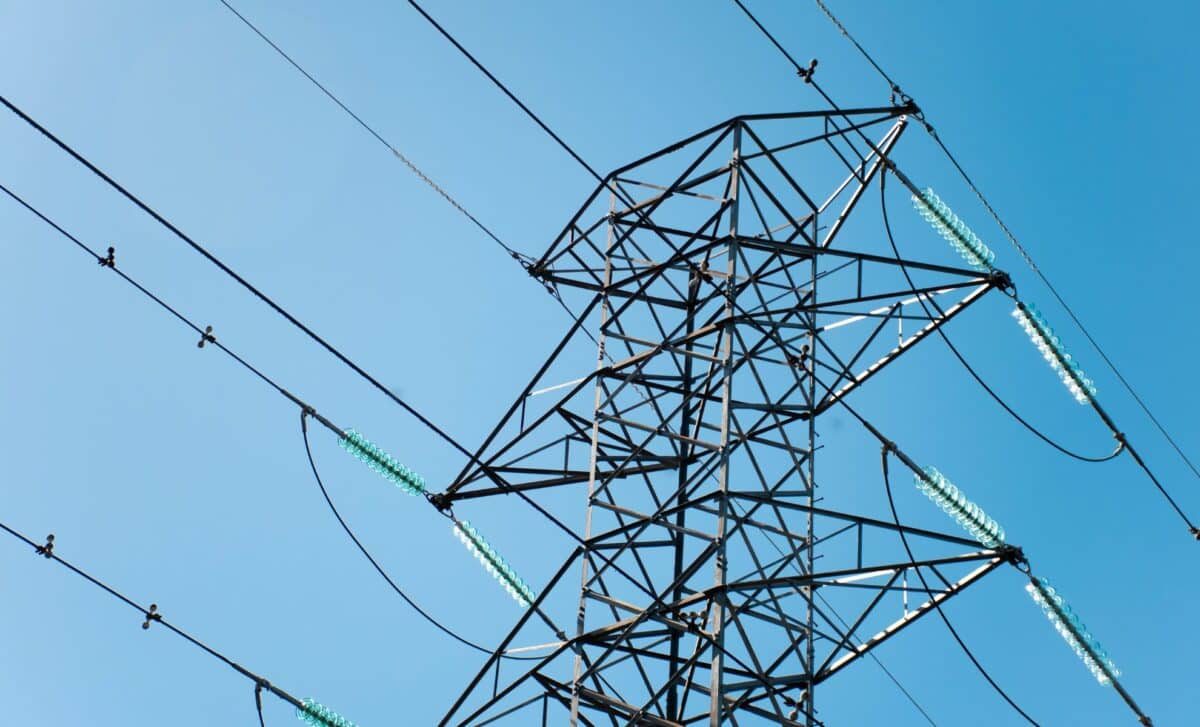The Australian federal government is set to announce changes to the way benchmark power prices are set, aimed at reducing the growing cost burden on consumers.
Energy Minister Chris Bowen is expected to reveal these adjustments in a speech on Wednesday, which will focus on restraining the administrative costs passed onto customers, such as advertising and customer management fees.
The planned alterations to the “default market offer” (DMO) could have significant implications for energy retailers, which are currently permitted to recoup various operational costs through power bills.
The changes aim to make power pricing fairer and more transparent for consumers, addressing the increasing frustration with energy prices across several states.
Reforming the Default Market Offer to Curb Cost Increases
Energy Minister Chris Bowen has expressed concerns that the current model, where the DMO sets a cap on power prices in regions like New South Wales, South Australia, and southeast Queensland, is failing to drive enough competition among retailers.
According to Bowen, while the DMO was originally designed to prevent price gouging, it has become an inadequate mechanism for ensuring affordable energy costs for households. He noted that roughly 80% of Australian bill-payers could be getting a better deal, a point that highlights the inefficiency of the system.
The DMO, which was intended to prevent excessive price hikes, has instead seen significant increases in recent years, with some regions like NSW experiencing rises of up to 9.7%.
One of the main drivers of these hikes, as identified by the Australian Energy Regulator, has been the administrative costs incurred by retailers, such as advertising and managing customer accounts. Bowen will argue that these expenses should be scrutinised more closely, as they directly affect the end price that consumers pay.
Victoria’s Model as a Benchmark for Reform
Bowen is particularly keen on drawing comparisons with the state of Victoria, where the energy pricing model has resulted in smaller bill increases. He will highlight this as a more effective approach and suggests that the reformed DMO in other states should mirror Victoria’s system.
This will involve putting further restrictions on the operational costs retailers can pass on to consumers. One potential change includes stripping out the “competition allowance” from the DMO, which currently incentivises retailers to compete on price while still recouping a significant amount of costs.
The Australian Energy Council has expressed opposition to claims that retail costs are largely responsible for the rising prices, stating that margins for retailers are already tight.
Despite these concerns, Bowen’s proposed reforms reflect a broader desire to curb energy costs and deliver fairer pricing structures across the country. If these changes are implemented, they may serve as a model for addressing long-standing issues in the energy market, potentially leading to more equitable pricing for consumers across Australia.









